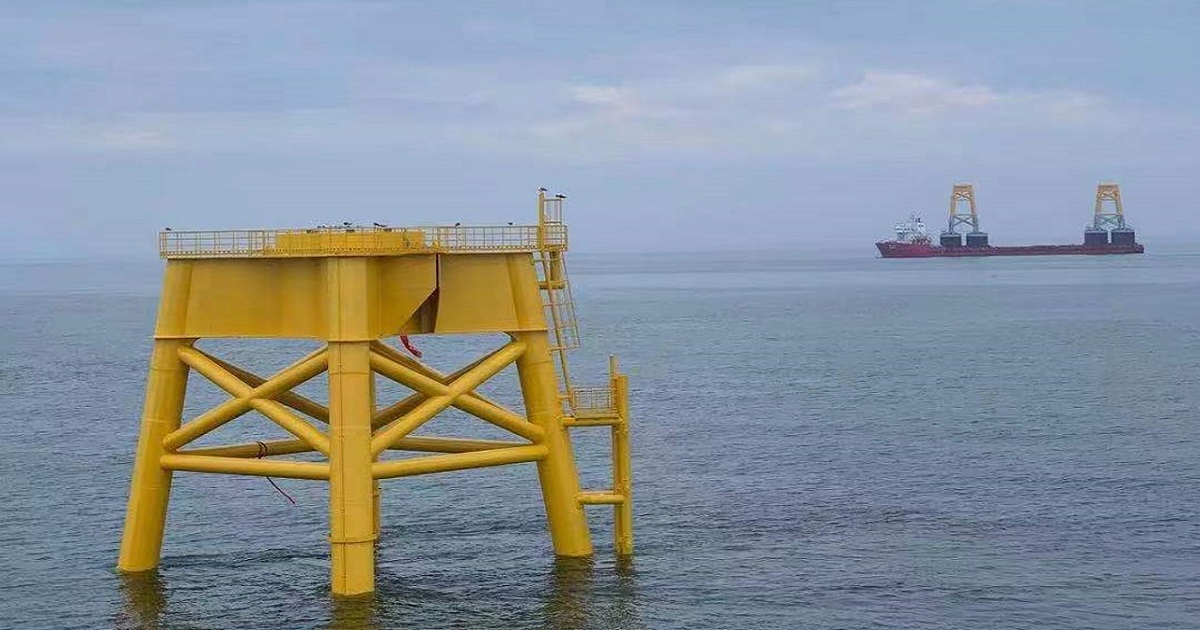Engineering Properties of Marine Soils and Offshore Foundations
A special issue of Journal of Marine Science and Engineering (ISSN 2077-1312). This special issue belongs to the section "Ocean Engineering".
Deadline for manuscript submissions: closed (20 March 2024) | Viewed by 13925

Special Issue Editors
Interests: submarine landslide; material point method; GPU parallelization; free falling penetrometer
Special Issues, Collections and Topics in MDPI journals
Interests: soil characteristics; soil-structure interaction; numerical modelling; centrifuge modelling
Special Issue Information
Dear Colleagues,
The Sixth National Symposium on Island Reef Geotechnical Engineering (NSIRG 2023) was held by the Guilin University of Technology in Beihai, Guangxi Province, China. It covered an extensive range of research topics relevant to offshore geotechnical engineering, with an emphasis on island reef engineering, soil–structure interactions, offshore wind, site investigation, etc.
The NSIRG 2023 attracted more than 400 researchers and emerging research ideas were inspired through oral presentations, posters, discussions, and brochures. Unfortunately, most of the research outcomes presented at NSIRG 2023 have not been formally published and thus access is only available to a limited extent in the public domain. This Special Issue published by JMSE broadly aims to collect research articles on the themes of NSIRG 2023 but focuses on a wide scope of work relevant to both coastal and offshore engineering, including but not limited to the engineering properties of calcareous soils and coral sands, in situ investigation, the bearing capacity and deformation of offshore foundations subject to static and repeated loadings, and soil–structure interactions, etc.
Thus, we invite you to submit your research papers to this Special Issue. All your contributions are welcomed and will be highly appreciated.
Prof. Dr. Youkou Dong
Prof. Dr. Dengfeng Fu
Prof. Dr. Xiaowei Feng
Guest Editors
Manuscript Submission Information
Manuscripts should be submitted online at www.mdpi.com by registering and logging in to this website. Once you are registered, click here to go to the submission form. Manuscripts can be submitted until the deadline. All submissions that pass pre-check are peer-reviewed. Accepted papers will be published continuously in the journal (as soon as accepted) and will be listed together on the special issue website. Research articles, review articles as well as short communications are invited. For planned papers, a title and short abstract (about 100 words) can be sent to the Editorial Office for announcement on this website.
Submitted manuscripts should not have been published previously, nor be under consideration for publication elsewhere (except conference proceedings papers). All manuscripts are thoroughly refereed through a single-blind peer-review process. A guide for authors and other relevant information for submission of manuscripts is available on the Instructions for Authors page. Journal of Marine Science and Engineering is an international peer-reviewed open access monthly journal published by MDPI.
Please visit the Instructions for Authors page before submitting a manuscript. The Article Processing Charge (APC) for publication in this open access journal is 2600 CHF (Swiss Francs). Submitted papers should be well formatted and use good English. Authors may use MDPI's English editing service prior to publication or during author revisions.
Keywords
- bearing capacity
- calcareous soils/coral sands
- coastal engineering
- deformation
- geotechnical design
- footings/foundations
- in situ testing
- offshore engineering
- repeated loading
- soil/structure interactions







